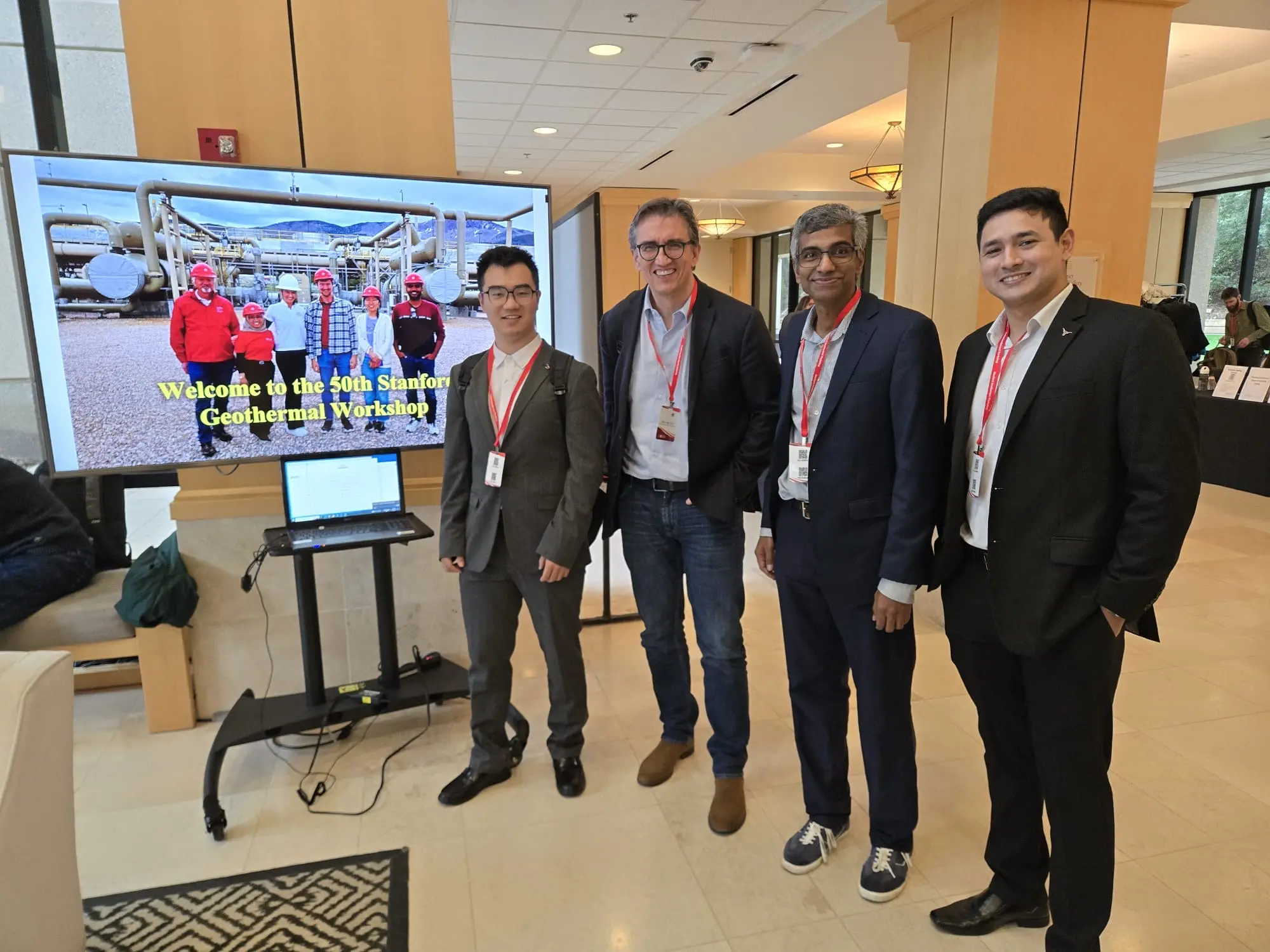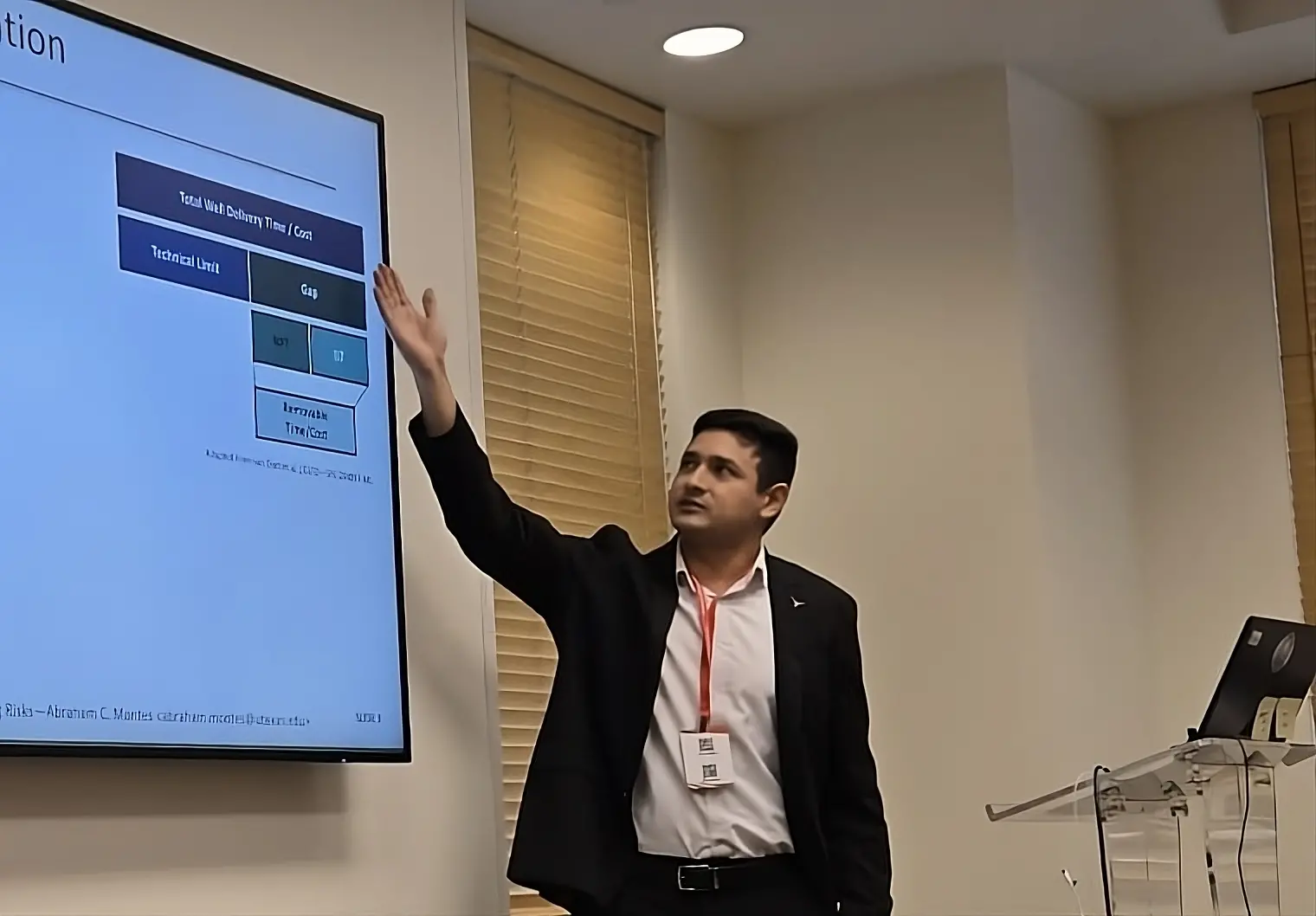

Reducing NPT in Geothermal Well Construction
February, 2025.The 50th Stanford Geothermal Workshop was an incredibly fruitful event, bringing together leading experts, researchers, and industry professionals to discuss the latest advancements in geothermal energy. It was a fantastic opportunity to engage with the community, exchange ideas, and explore cutting-edge developments shaping the future of geothermal projects. The depth and breadth of discussions underscored the industry's commitment to tackling key challenges, from drilling optimization to reservoir management, all with the common goal of making geothermal energy more viable and cost-effective.
I had the honor of presenting our work on stuck pipe prediction, a topic highly relevant to mitigating non-productive time (NPT) in geothermal well construction and reducing the levelized cost of energy (LCOE). Our proposed multi-agent model, developed primarily using data from the Utah FORGE project, demonstrated its ability to anticipate and classify sticking mechanisms in real time. The discussions following my presentation reinforced the importance of integrating data-driven and physics-based approaches to prevent costly drilling incidents. It was rewarding to see strong interest from both researchers and industry professionals in applying predictive models for real-time decision-making in drilling. The manuscript, published in the conference proceedings, can be found here. Stay tuned for future updates on our work on geothermal well construction at UT RAPID!
Beyond the technical discussions, the workshop provided an excellent platform for networking with fellow researchers and industry professionals who are passionate about advancing geothermal energy. Engaging conversations, collaborative brainstorming, and insightful feedback made this an outstanding experience.